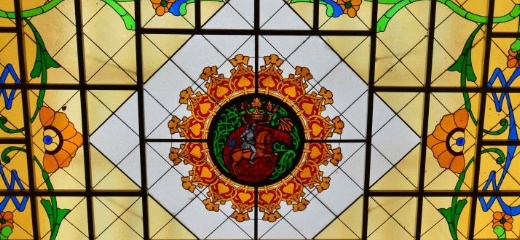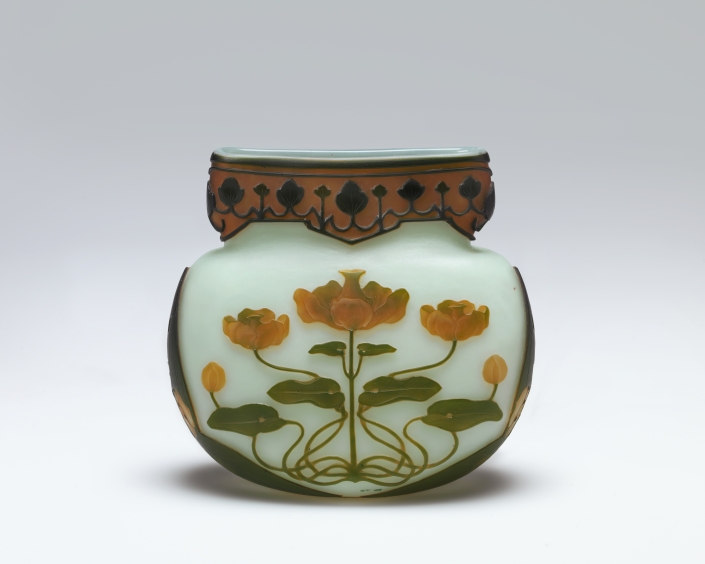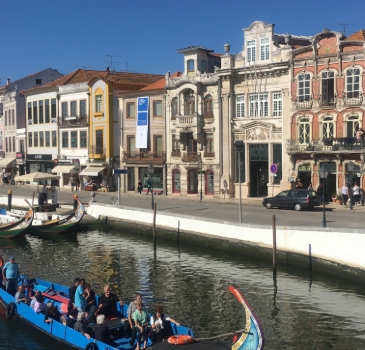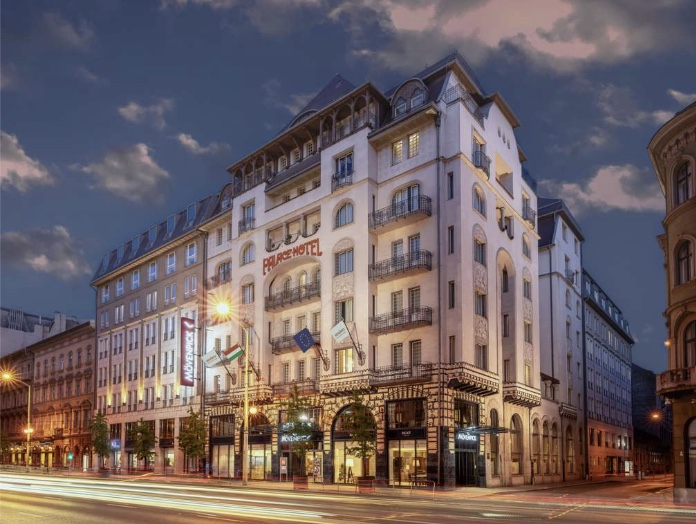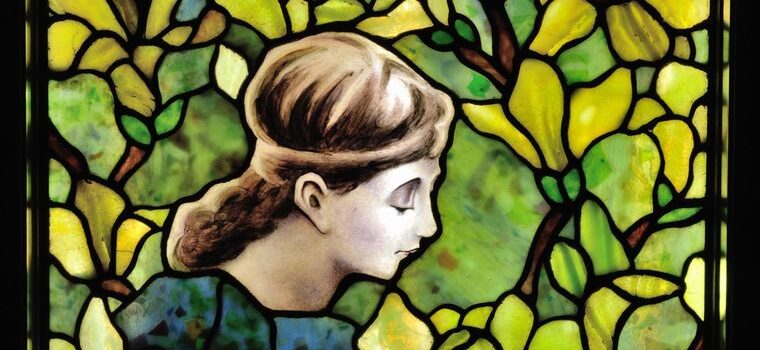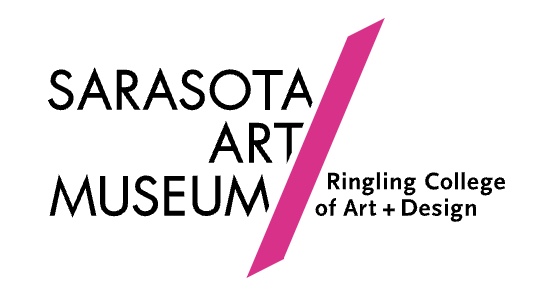The situation of Art Nouveau buildings across Europe demands urgent attention and repair due to a combination of neglect, development pressures, fluctuations in public appreciation, and financial limitations. Continued vigilance, increased public awareness, and the allocation of adequate resources are crucial to ensure the preservation of this valuable architectural heritage for future generations. The ongoing efforts of international networks and collaborative projects offer hope, but sustained commitment and action at local, national, and international levels are needed to address this widespread need for repair and prevent further loss of Europe’s Art Nouveau heritage. The successes achieved in restoration demonstrate that, with the necessary will and resources, it is possible to return the splendor to these past masterpieces.
Art Nouveau, an artistic and architectural movement that flourished in the late 19th and early 20th centuries, left a legacy of unique and ornate buildings across Europe. Characterized by its organic forms, sinuous lines, and integration of the arts, Art Nouveau sought to break with prevailing academicism and embrace modernity. However, a significant number of these architectural gems today face an urgent need for repair due to a combination of historical, economic, and social factors. Fortunately, remarkable restoration projects have also been carried out, offering hope for the preservation of this valuable heritage.
The Widespread Need for Repair:
Across Europe, many Art Nouveau buildings find themselves in various states of disrepair. This situation is partly due to a lack of consistent and adequate maintenance over time. As evidenced by the Baroness’ House in Maribor, neglect can severely compromise the structural integrity and aesthetic value of these constructions. Similarly, the poor condition of the façades of many Art Nouveau buildings in Zagreb, some of which have never been properly renovated, illustrates the long-term consequences of insufficient upkeep.
Furthermore, the pressures of urban development have historically led to the demolition or inappropriate alteration of Art Nouveau structures. The loss of a significant number of Art Nouveau buildings in Brussels, including Victor Horta’s iconic Maison du Peuple, serves as a stark reminder of how redevelopment can threaten this architectural style when not adequately protected. In Italy, the Liberty style (Italian Art Nouveau) has often not been considered significant architectural heritage, contributing to its destruction or abandonment.
A contributing factor to the neglect of Art Nouveau heritage has been a lack of public awareness and appreciation for its historical and artistic significance in certain periods. The late start of serious preservation efforts in cities like Nancy and Strasbourg suggests a historical undervaluation that led to deterioration and loss before focused conservation initiatives were implemented.
Moreover, limited financial resources dedicated to restoration and preservation, particularly for privately-owned buildings, pose a significant challenge. The stalled restoration of the Sofian House in Botoşani exemplifies how reliance on private funding can hinder necessary repairs. In Zagreb, although the city council has begun co-financing the renovation of façades and roofs of residential buildings, many private properties still require restoration.
Examples of Buildings in Need of Repair:
We present several examples of Art Nouveau buildings that have faced or still face the need for repair:
- The Museum of Applied Arts in Budapest experienced delays in its reconstruction, underscoring the complexities of restoring richly decorated Art Nouveau interiors. The restoration of the entrance lobby, decorated with Zsolnay ceramics, was a complex process due to deterioration caused by weather conditions and historical events.
- The Municipal House in Prague was in poor condition before its renovation.
- The Baroness’ House in Maribor required significant rehabilitation due to a lack of maintenance and inadequate interventions. Its condition before rehabilitation was described as precarious, with stucco decorations and ceramic claddings seemingly holding the structure together.
- The Moldavsky E.D. House in Kharkiv, built in 1915, has retained some original interior elements like the staircase and stucco decoration of the ceilings, suggesting other parts may have needed or may need repair.
- Many private residential buildings in Bulgaria are in need of restoration, even though some public buildings are well-preserved.
- Abandoned Art Nouveau (“Liberty”) buildings in Italy and Art Nouveau (“modernisme”) in Catalonia often suffer complete neglect with no significant possibilities of recovery due to a lack of recognition as important architectural heritage.
Successes in Restoration:
Despite the challenges, remarkable successes have been achieved in the restoration of Art Nouveau buildings across Europe:
- The Subotica Synagogue underwent a detailed restoration process, highlighting the use of Hungarian folk art motifs as decorative elements.
- The Raichle Palace in Subotica was successfully restored, overcoming difficulties caused by technological differences between the time of construction and the present day, requiring the employment of techniques equivalent to those originally used.
- Various buildings in Vienna, such as Joseph Maria Olbrich’s Secession and the Florahof, have been treated and restored on several occasions, although sometimes with changes to the original appearance of façade materials. The Federal Monuments Authority of Austria plays an important role in overseeing these restorations.
- The Brasserie Excelsior in Nancy was saved thanks to the intense activity of the city’s residents and professionals.
- Two residential buildings in the historic center of Zagreb (at Đorđićeva Street 20 and Palmotićeva Street 80) were renovated, restoring their original appearance and increasing residents’ awareness of the need for responsible care.
- Early 20th-century community buildings in two Romanian cities, an Art Nouveau villa in Botoşani (now a Pastoral Cultural Center) and a Lutheran school in Cinşor (now a conference center), were revitalized and integrated into the current life of the small towns.
- The Black Eagle Palace complex and the Adolf Moskovits Palace in Oradea are examples of good practices in restoration, recovering the lost beauty of these buildings of great stylistic value. The restoration of the Black Eagle Palace, in particular, returned the ceramic decorations of the façade to their original state.
- The École des Arts Décoratifs in Strasbourg was listed as a historical monument in 1981, and reconstruction work was subsequently carried out on the ceramic tiles of the façade.
Challenges in Repair and Restoration:
The restoration of Art Nouveau buildings presents unique challenges:
- Lack of qualified artisans and manufacturers with the necessary skills to work with original materials and techniques.
- Difficulties in recovering original materials to maintain the building’s authenticity.
- High costs of maintenance and restoration.
- Lengthy processes for owners and investors to initiate renovations.
- Uncertainty of ownership and/or excessive fragmentation, making decision-making regarding restoration difficult.
- Residential buildings not being fully accessible for study and restoration.
- Loss or partial availability of archival sources needed for restoration.
- Technological differences between the time of construction and the present day, sometimes requiring the employment of techniques equivalent to the originals.
Efforts and Initiatives for Preservation:
Despite the challenges, there is a growing recognition of the importance of preserving Art Nouveau heritage. Organizations like the Réseau Art Nouveau Network (RANN) facilitate cooperation and the exchange of knowledge among institutions and cities committed to the preservation and promotion of Art Nouveau heritage. Collaborative projects like “Sustainable protection and promotion of the Art Nouveau heritage in the Danube Region” demonstrate a concerted effort to address the issues through research, valorization, and protection strategies.
The re-evaluation of Art Nouveau also stemmed from the increasing number of scholarly research and publications starting in the 1950s and 1960s. Furthermore, the recognition of the value of Art Nouveau heritage has led to its inclusion in national lists of protected monuments and, in some cases, as UNESCO World Heritage sites.

